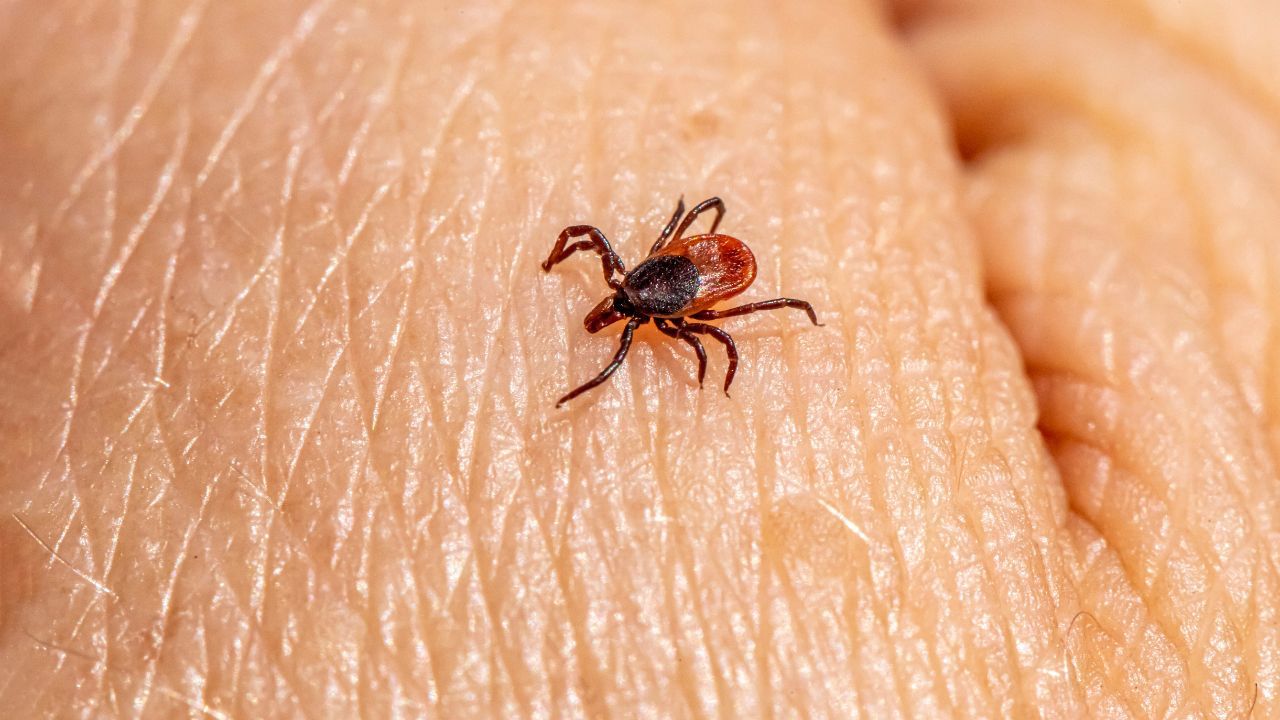Lyme disease cases are rising alarmingly, experts warn

The number of people infected with Lyme disease has been increasing alarmingly in recent years. According to specialists from the National Public Health Agency, approximately 250 cases of Lyme disease were reported in the Republic of Moldova last year, which is an increase of over 60 cases compared to 2022. Additionally, doctors note that there may be many more cases since the disease does not always show symptoms immediately, or individuals may not seek medical help in a timely manner.
Ticks pose a significant danger as they transmit several highly contagious diseases, with Lyme disease being the most common in our country. Ludmila Lungu, head of the Epidemiological Surveillance Department at the National Public Health Agency, stated this during the "Public Space" show on Radio Moldova. She also noted that recent environmental conditions have favored the proliferation of ticks.
In 2024, there were 249 reported cases of Lyme disease, compared to 185 cases in 2023. Alarmingly, 88 of these cases were among children, highlighting the need for parents to carefully inspect their children for ticks. Lyme disease typically has a specific seasonality, with most cases occurring from April to October. Since the beginning of 2025, there have been 12 recorded cases.
According to the data presented by the ANSP, the actual number of cases may be much higher, as stated by Petru Paveliuc, the deputy director of the "Toma Ciorbă" Clinical Hospital for Infectious Diseases. He believes many patients do not seek testing for Lyme disease.
The initial stages of the disease do not always present with a visible spot on the skin, and often, individuals bitten by a tick may not show symptoms immediately. Symptoms can appear later, sometimes months or even a year after the initial infection, leading to more severe conditions such as arthritis or central nervous system damage. Unfortunately, many patients do not get tested for borreliosis when they experience symptoms like arthritis, especially if they haven't reported a prior tick bite. This lack of awareness may contribute to the underreporting of Lyme disease.
According to infectious disease specialists, the risk of infection increases the longer the tick remains attached to the human body.
Every fourth person bitten by a tick is at risk of developing Lyme disease, and they may also contract other less common infections, such as tick-borne encephalitis, which is present in this geographical area. Not all infected ticks can transmit the bacteria effectively; this depends on how long the tick remains attached and whether it has been feeding. If a tick is removed quickly after biting, the risk of developing the disease significantly decreases, even if the tick is infected.
Specialists indicate that ticks are commonly found in areas with tall grass and high humidity. In Chisinau, green spaces are treated for ticks; chemical substances are sprayed in parks, squares, and public gardens in the evening, starting at 10:00 p.m. The Association for the Management of Green Spaces reports that these treatments are safe for both humans and animals.




